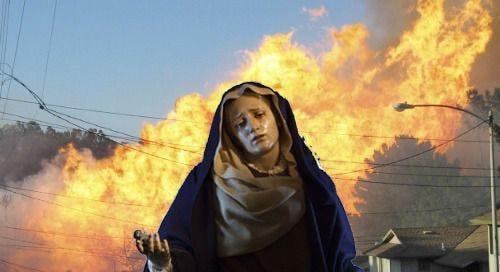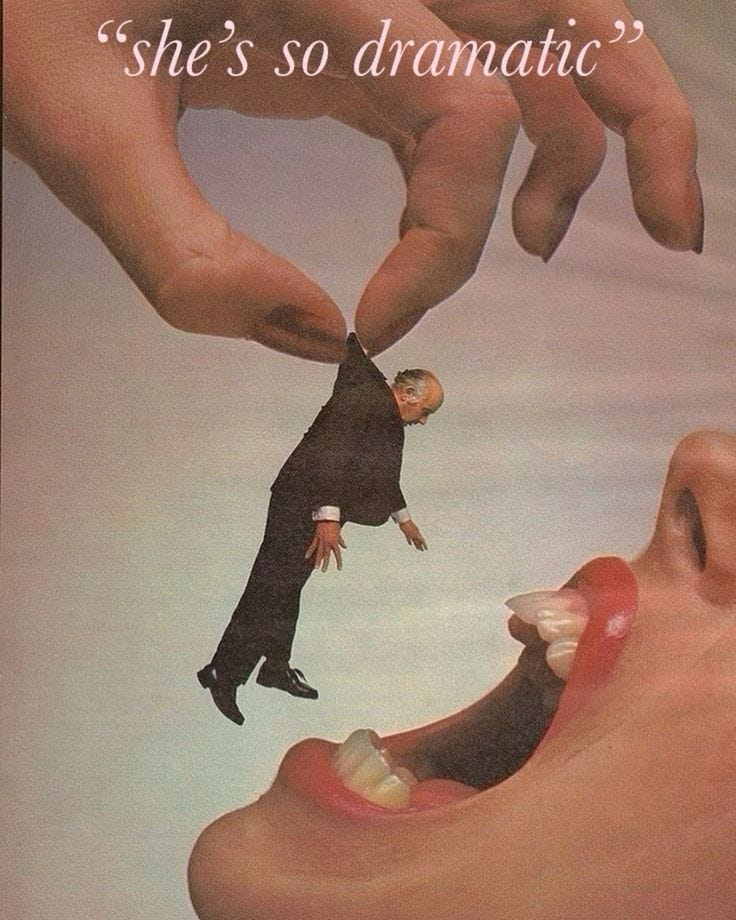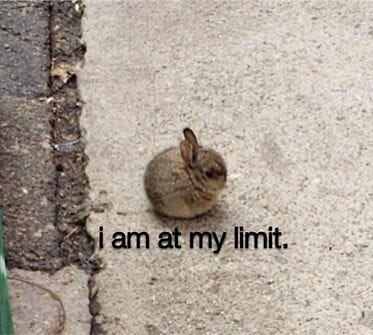Why We Crave Chaos: A Reader’s Love Affair with Dark Fiction
Exploring the magnetic pull of dark and unhinged narratives
Christmas is triggering. Attending family gatherings where there are conflicting political and world views, draining your social battery, spending/saving money and the stress of buying presents (or even just the cost of food), facing a holiday without a loved one, struggling with the fact that we’re meant to be feeling festive and jolly whilst knowing there are those in the world—particularly in Palestine and Gaza—who are facing such unimaginable horrors that it feels impossible to find joy…There are so many reasons to feel stressed out and overwhelmed during the holiday season.
Aside from box breaths and grinding my teeth, one of the ways I find solace during triggering times in by throwing myself into fucked up fictional worlds that make me feel better about the real one we live in.
There’s something oddly comforting about watching a fictional character’s life unravel spectacularly. Whether it’s the self-destructive narrator of Ottessa Moshfegh’s My Year of Rest and Relaxation, the troubled Esther Greenwood in Sylvia Plath’s The Bell Jar, or the eerie and reclusive Merricat from Shirley Jackson’s We Have Always Lived in the Castle, these characters live at the edge of chaos—and we can’t look away.
I am always drawn to stories of this nature, but never more so than when it feels like the world around me is crumbling. It does beg the question though: why are we so drawn to these stories? Why do we find solace, fascination, or even joy in the (fictional) chaos of others?
The Appeal of Schadenfreude
One reason might be schadenfreude—the German word for taking pleasure in someone else’s misfortune. Watching a fictional character’s life spiral out of control can make our own problems feel manageable in comparison. Witnessing the extreme behaviour carried out by these protagonists lets us indulge in the kind of poor decision-making we’d never dare to entertain in real life—without facing any real-world consequences. It’s like what life might be like if we always let our intrusive thoughts win.
But schadenfreude isn’t just about revelling in the misfortunes of others; it’s also about learning from them. Fictional chaos serves as a kind of cautionary tale, showing us where certain paths might lead if we ever crossed them. These stories push boundaries and force us to confront moral dilemmas in ways that feel distant yet impactful. They let us explore the darker parts of human nature without the immediate repercussions of those explorations.
Safe Spaces for Taboo
Dark fiction also provides a safe space to explore themes and behaviours that would be considered unacceptable in polite society. These characters aren’t afraid to say or do the things we might only fantasise about doing. By walking through their chaos, we can live vicariously through them; we’re able to confront our own fears, desires, and vulnerabilities in a way that feels both thrilling and cathartic.
Taboo subjects—from addiction and abuse to mental illness and unchecked ambition—find fertile ground in dark fiction. Books like Boy Parts by Eliza Clark take us into the mind of a character whose actions are morally reprehensible yet utterly captivating—and we can’t help but admire her for it. Through these narratives, we’re invited to consider questions about morality, agency, and the limits of human behaviour. We wonder what it would feel like to act upon our every impulse, almost at a primal level.
The Allure of Imperfection
We’re living in a time when the pressure to curate a perfect life—especially online—is overwhelming. The return of thin-supremacy and the rise of Ozempic, facetuning and filters, and, apparently, the return of tanning (and consequently—skin cancer) thanks to TikTok. Flawed characters feel like a rebellion against this pressure to achieve perfection. They remind us that it’s okay to be messy, complicated, and, yes, even a little unhinged. Their imperfections make them human, and their humanity makes them relatable.
These characters don’t have their lives together, and that’s what makes them so endearing. It’s so refreshing to read about someone who has even less of their shit together than you in this absolutely bananas world of daily horrors we’re living in.
Consider Ottessa Moshfegh’s protagonists: they’re often disheveled, emotionally closed off, and grappling with profound inner turmoil. Yet, it’s their very imperfections that draw us in. We see ourselves reflected in their struggles, their bad decisions, and their moments of self-doubt. In a world that constantly demands perfection, these characters remind us that life’s beauty often lies in its imperfections.
Chaos as Catharsis
These stories take us to the edge of despair, anger, and disgust, only to offer moments of clarity or redemption (however fleeting). The chaos isn’t just entertainment; it’s a form of catharsis. By living through the chaos with the characters, we release our own pent-up emotions and emerge feeling lighter—even if the ending is anything but happy.
Catharsis in dark fiction often comes from the way these stories resolve (or don’t resolve) their central conflicts. The unpredictability of these narratives keeps us engaged and emotionally invested. We’re drawn to the highs and lows, the moments of raw vulnerability, and the eventual reckoning—whatever form it takes. These stories remind us that chaos, while painful, can also be transformative.
Cultural Shifts and the "Unhinged" Archetype
The rise of the unhinged protagonist isn’t just a literary trend; it’s a reflection of broader cultural shifts. As societal norms around gender, identity, and mental health continue to evolve, so does our appetite for stories that challenge those norms. Unhinged characters—especially women—defy expectations and refuse to conform, offering readers a vicarious sense of freedom. They remind us that it’s okay to fall apart and that there’s strength in embracing the chaos.
This cultural shift is particularly significant for women’s narratives. For decades, female characters were often confined to narrow archetypes—the caregiver, the romantic interest, the martyr. Today’s unhinged protagonists shatter those expectations, presenting women who are messy, complicated, and unapologetically themselves. They’re not afraid to say what they feel and unleash their rage upon the world. They’re not here to be likeable; they’re here to be real, to paint a real and honest picture of the multitudes we contain and the complexities of the human experience.
Recommendations for Your Next Chaotic Read
If you’re craving more chaos in your reading life, or you’re looking for a bit of healthy escapism over the holidays, here are a few suggestions:
The Bell Jar by Sylvia Plath: A classic depiction of mental health struggles and societal pressures.
Boy Parts by Eliza Clark: A sharp and provocative exploration of obsession, art, and self-destruction.
We Have Always Lived in the Castle by Shirley Jackson: A gothic masterpiece of family secrets and isolation.
My Year of Rest and Relaxation by Ottessa Moshfegh: A darkly funny exploration of escapism and existential dread.
What are your favourite dark and chaotic reads? Why do you think we’re drawn to these stories?
P.S. Meri Kirihimete / Merry Christmas everyone. Wherever you are and whoever you’re with, I hope you eat heaps of good food, get lots of sleep and enjoy the day.








